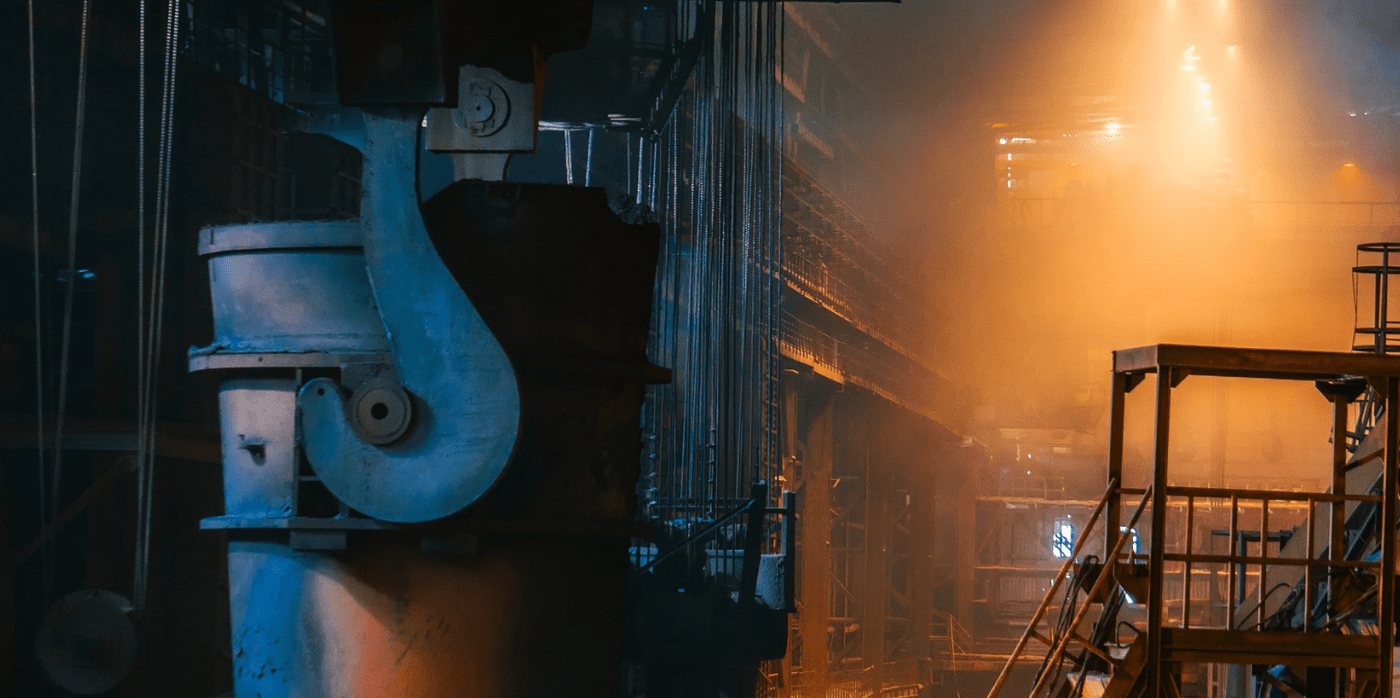
Spotted: Although we are seeing some progress towards climate goals in certain areas of the economy – such as mobility and electricity generation – industries that require very high process temperatures remain difficult to decarbonise, and are overwhelmingly dependent on fossil fuels like natural gas.
Now, Estonian cleantech startup Efenco has come up with a creative solution to reduce emissions from industries that require temperatures above 300 degrees Celsius. This novel technology can be applied to natural-gas-powered processes in the short term, but will also improve the efficiency of combustion processes run on hydrogen – a clean fuel that is tipped to play an important role in industry as the world moves away from fossil fuels.
The company, whose name is a shortened version of efficient energy conversion, has created High Energy Ray Ceramic (HERC) technology that makes high-temperature combustion of gassy fuels more efficient. Using a patented cold plasma technique, the company’s ceramic chip recycles heat from typical industrial heating systems to produce higher temperatures with fewer emissions.
Plasma is a high-energy state that enhances chemical reactions. In the case of commercial heating for steel, pulp, and paper manufacturing – as well as district heating and cement production – the HERC technology has the potential to eventually improve the combustion efficiency of natural gas by 40 per cent and hydrogen by up to 75 per cent. So far, however, the HERC prototype has demonstrated an 18 per cent combustion efficiency gain.
No external source of energy is required to make the HERC chips work, and they can be easily installed into existing gas boilers. No additional machinery or expertise is needed.
Overall, use of the HERC chips can make significant reductions both in terms of fuel costs and carbon emissions. Efenco currently has six partnerships in place and is working towards the elimination of 77 million tonnes of carbon emissions by 2030 through the installation and use of its technology. Having recently raised €4.5 million in funding, the company plans to continue advancing the development of the chips and begin designing a version for domestic and small-scale use.
Improving efficiency and usefulness while reducing environmental harm is the focus of many technologies, with Springwise’s database including examples of a high-performance magnet that does not use any rare earth elements and a nano aerogel that cuts refrigeration emissions.
Written By: Keely Khoury and Matthew Hempstead

